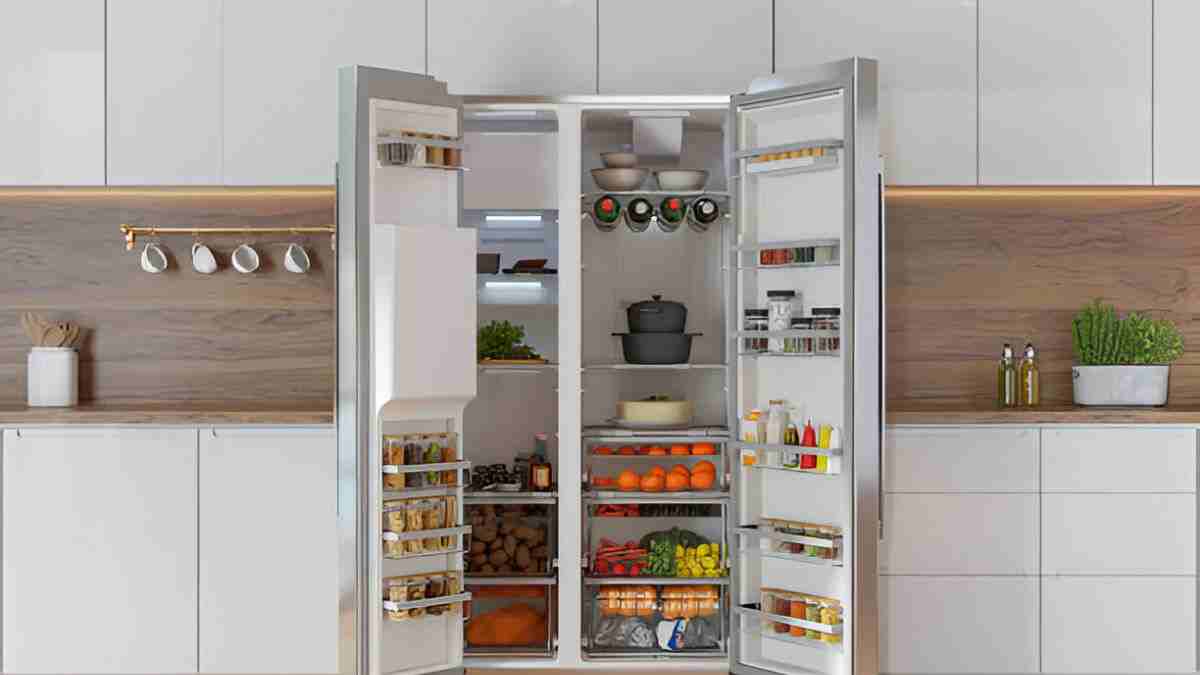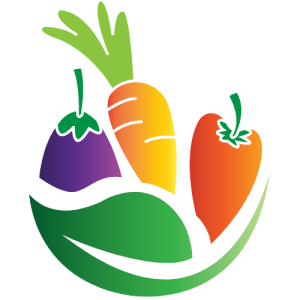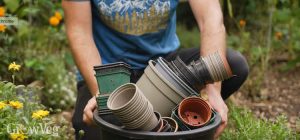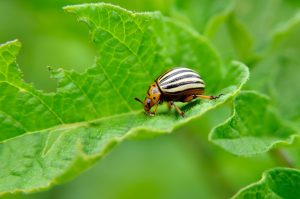Why Freezing Vegetables and Herbs is Smart
Freezing preserves vegetables and herbs while retaining nutrients and flavor. Proper blanching and storage extend shelf life up to 8–10 months. Whether meal prepping, reducing waste, or stocking seasonal produce, freezing is practical.
Vegetables That Freeze Well
Some vegetables maintain texture, flavor, and nutrition when frozen:
- Corn
- Peas
- Broccoli
- Cauliflower
- Carrots
- Green beans
- Squash
- Spinach
- Kale
- Chard
- Collards
Vegetables That Do Not Freeze Well
High-water-content vegetables become mushy when frozen:
- Cucumbers
- Cabbage
- Radishes
- Mushrooms
- Lettuce
How to Freeze Vegetables
1. Blanching for Preservation
Blanching briefly boils vegetables before freezing, preserving color, texture, and nutrients.
Blanching duration:
- Most vegetables: 2–3 minutes
- Leafy greens: 1–2 minutes
- Denser vegetables (e.g., carrots, broccoli): 3–4 minutes
Steps:
- Boil water.
- Add vegetables and boil for the recommended time.
- Transfer to an ice bath.
- Drain and pat dry.
2. Choosing the Right Storage
Prevent freezer burn and maintain freshness with:
- Freezer bags: Best for portioning.
- Plastic containers: Good for bulk storage.
- Glass containers: Avoids plastic use.
- Canning jars: Ideal for herbs and greens.
Freezing Herbs
Minced herbs freeze well in ice cube trays with olive oil or water.
Steps:
- Chop herbs.
- Fill ice cube trays.
- Add oil or water.
- Freeze and store in freezer bags.
Using Frozen Fruits and Vegetables
Frozen produce works well in:
- Smoothies
- Soups and stews
- Pies and baked goods
- Stir-fries
For more details on freezing fresh vegetables and maximizing their freshness, check out this related guide.
Labeling and Organization
To track frozen foods:
- Label containers with name and date.
- Use first-in, first-out rotation.
- Freeze loose items on a sheet pan before bagging.
How Freezing Affects Texture
Freezing slows enzymatic activity, preserving quality. High-water-content vegetables may lose crispness. Blanching reduces this effect.
Freezing Duration
Properly frozen vegetables last 8–10 months, herbs 3–6 months.
Freezing Tips
- Use airtight containers to prevent freezer burn.
- Freeze in small portions for easy use.
- Remove excess air from bags before sealing.
Scientific Insights on Freezing Fruits and Vegetables
Dr. CLM Silva and Dr. EM Gonçalves highlight freezing as an efficient preservation method. Raw fruits and vegetables contain significant water, which affects their texture post-freezing. Proper techniques help maintain quality and usability. Read more in Frozen Food Science.
Conclusion
Freezing extends shelf life while maintaining nutrition and flavor. Following blanching, proper storage, and labeling ensures fresh produce year-round.





